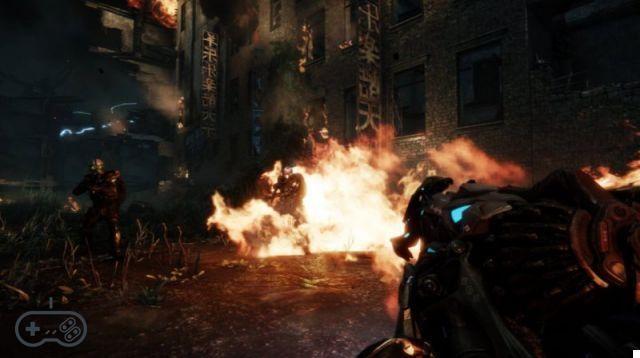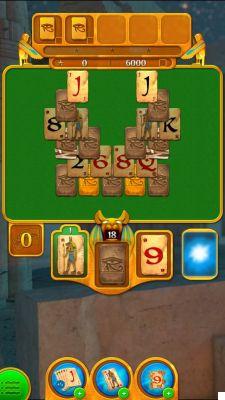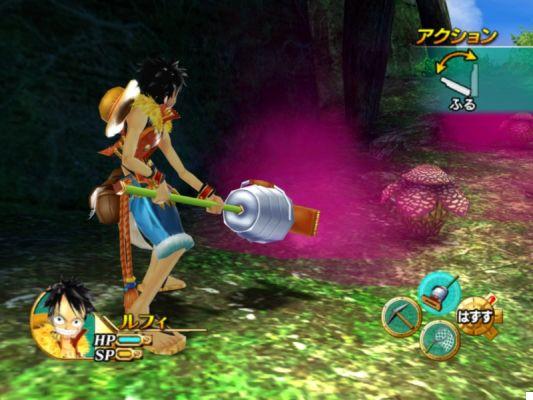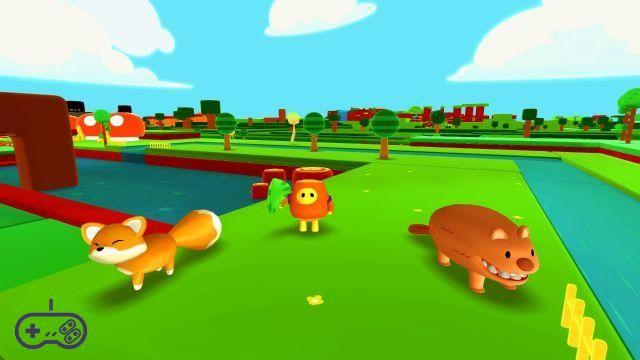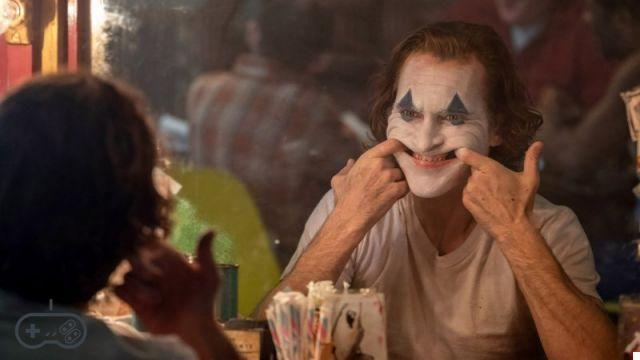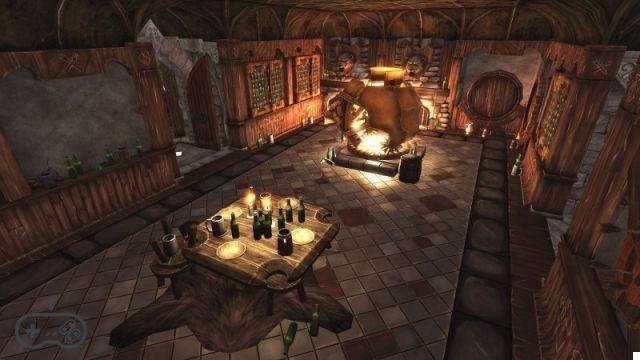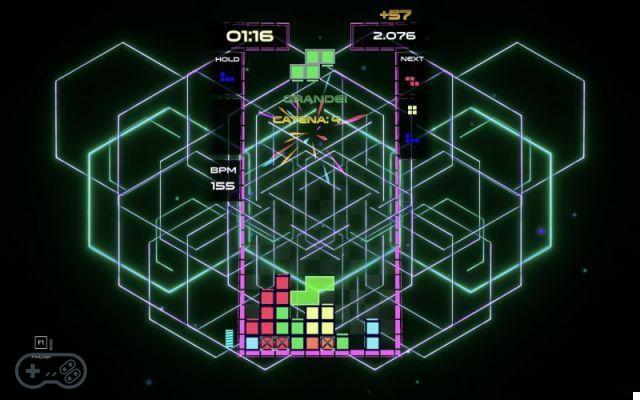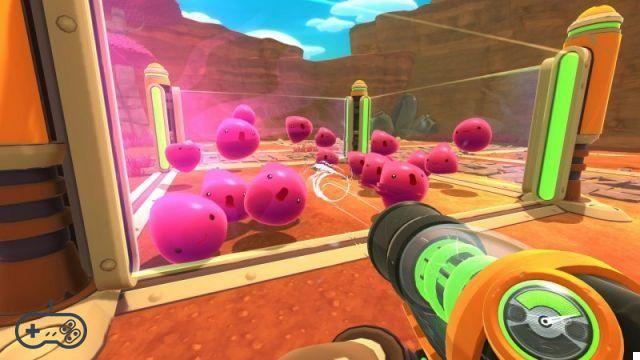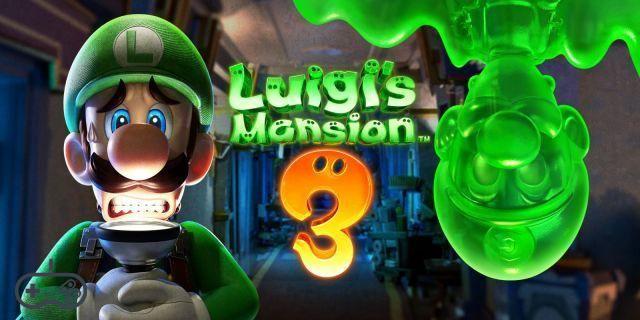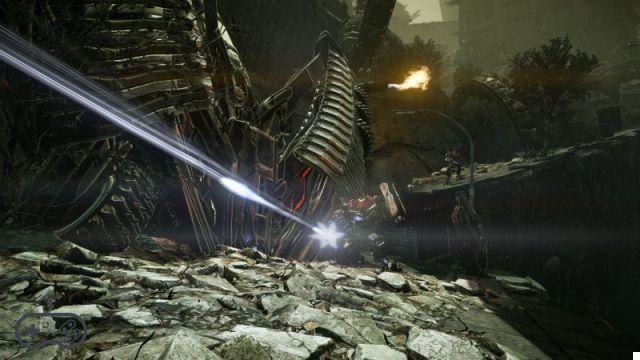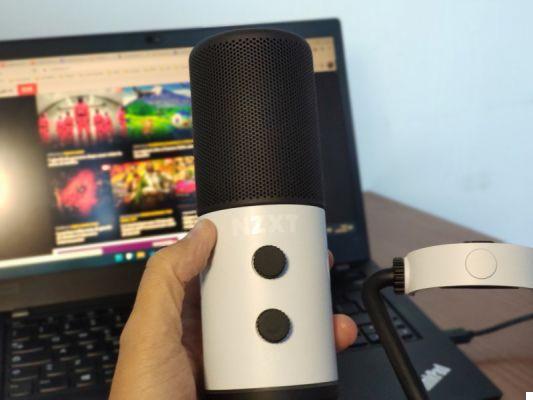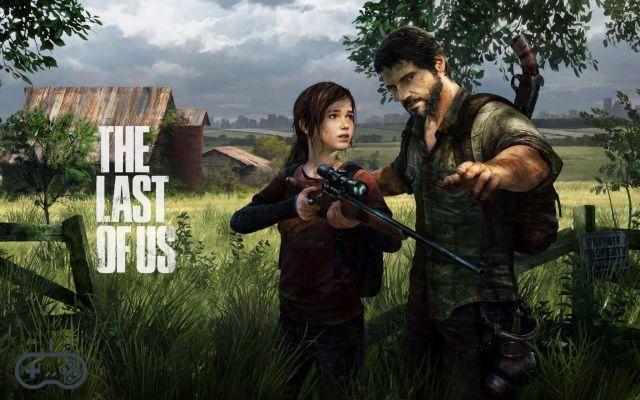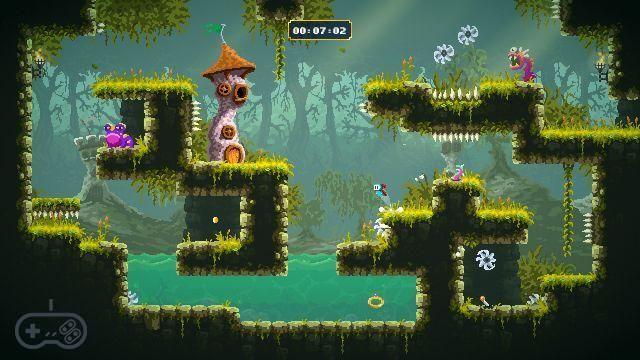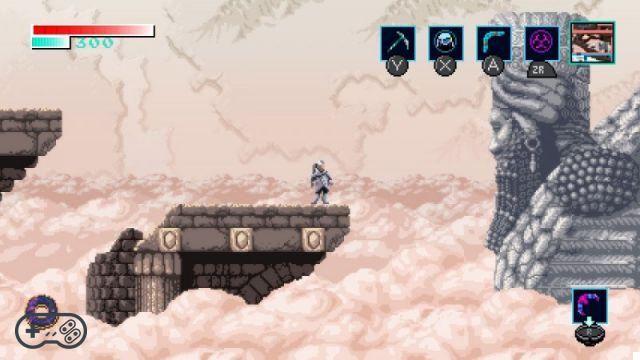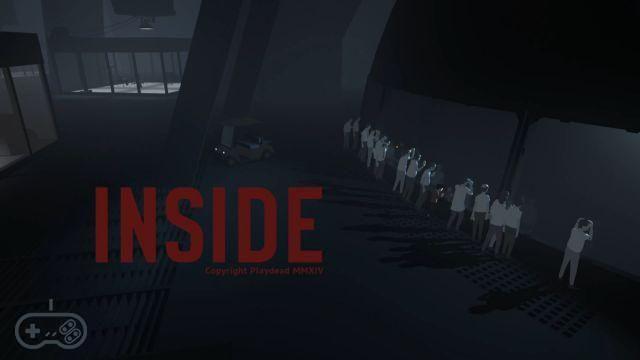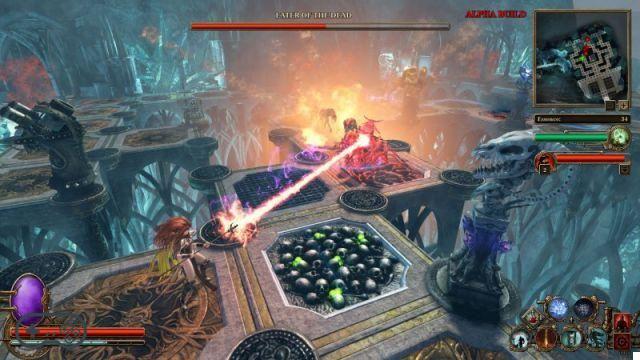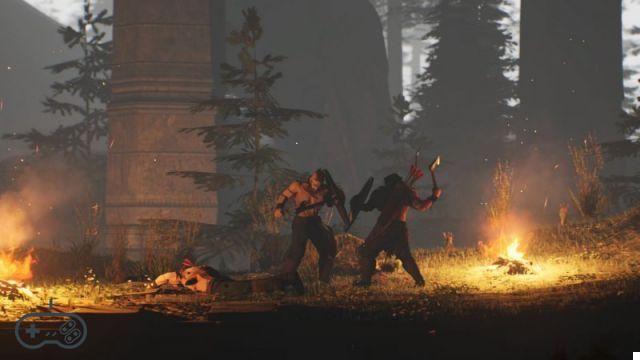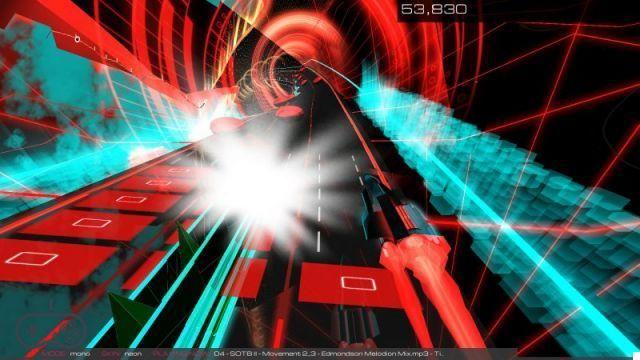It may have been three years since he last showed up, but dear detective Kyle Hyde is just as we remembered him, extremely serious and scruffy, very antisocial and known for being continually haunted by bad luck.
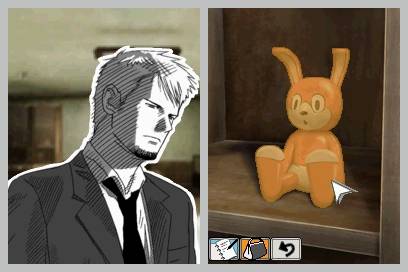
Last Window, a direct sequel to Hotel Dusk: Room 215, opens not by chance with an escalation of misfortunes: immediately after being fired from the Red Crown, Kyle learns that the Cape West, the condominium in which he has lived for some time, is about to being sold, that he has a mountain of unpaid arrears, and that a stalker is researching him. Just when he prepares for the idea of having to pack his bags and leave the apartment, however, a mystery linked to the past of the building resurfaces from nowhere, thus forcing the protagonist to improvise again as a detective and to shed light on an unexpected and disturbing case. And, to be on the safe side, Cing wanted to re-propose the same formula of the first chapter, made up of wonderful noir hues, very expressive artwork and a narrative that loudly claims a role of prima donna.
A fictional adventure
Last Window it is set only a year after the events told in Hotel Dusk but, leaving out some sporadic references, it can be played safely even by those who have never approached the series before. The place has changed, the characters as well, but the structure has remained the same, and the events alternate again in a single large building inhabited by the rest of the characters. The DS must be challenged once again as if it were a book, with the map of the condominium on one side and the three-dimensional environment on the other, while the developers did not even bother to review the graphic style. Not that it's a bad thing, on the contrary: the black and white illustrations heavily but pleasantly emphasize the noir mold of the story, while the three-dimensional graphics blend very well with the very short scripted events that you often come across; it is really rare to find something out of place, or an element that clashes in a particular way with the rest. The bulk of the game, this time too, is the interaction with the other inhabitants of the building, sometimes wandering around the corridors, others blissfully closed in their rooms. Everyone has a marked and original personality, and it never happens to find a profile too flat or stereotyped, and indeed each of these manages to make the Los Angeles of the 80s that is the background to the story more credible and fascinating; moreover, the quantity and quality of the illustrations created by Cing's artistic team contribute to making everyone much more expressive and convincing. Each of these elements makes sure that, unlike many other graphic adventures, it is always a pleasure to cross paths with a character and have a long discussion. If, however, on the one hand Last Window brings with it all the most intriguing, original and successful aspects of Hotel Dusk, unfortunately it also inherits some of its main flaws: the plot that is the background to the game, albeit exquisitely narrated through the excellent dialogues and introspective monologues of the protagonist, it's all too linear.
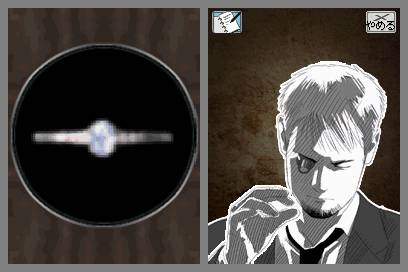
The player will not be able to clearly influence the events, which are told step by step, just as if he were reading a book. In this regard, the developers have once again proposed the small quizzes at the end of each chapter, so as to test the player's attention and help him remember the most important events. In addition, the game sites gradually compose a real novel, which can be accessed at any time: written by Martin Summer, the novelist who lived in room 211 in Hotel Dusk, the text represents both a splendid way to relive the story of Last Word, both a source of clues about certain characters and situations. Then there are the puzzles, which had not already convinced us in the previous chapter and which once again are rare and not very fascinating: most of the time we find ourselves having to activate buttons or turn knobs, while a small crossword puzzle seems to be among the things. more elaborate that are proposed, and the most interesting puzzles have nothing to do with the originality of those proposed in Another Code. Once again one gets the impression that many of these minigames have been inserted with force, as if to remember occasionally that it is still a graphic adventure, and not an elaborate visual novel.
Comment
Resources4Gaming.com7.7
Readers (27)
8.6
Your voteWhile not introducing any big news to the Hotel Dusk formula, Last Window manages to entertain and fascinate just like three years ago. Once again, the fact that the entire adventure takes place within a single building doesn't weigh at all and doesn't overwhelm the player: a bit like the Shining Overlook, Cape West is a world unto itself, to be explored. in its secrets and in its mysterious rooms. This is why there remains the regret of not having total freedom of choice or action: often the only accessible apartments will be those functional to the flow of the plot, and in no way can the player influence the events in progress. These tracks from which it is not possible to escape, however, come to the aid of the narration, even more effective thanks to the excellent illustrations and pleasant jazz pieces. Rare and uninspired puzzles sometimes make us regret the most brilliant puzzles of Another Code, but if the noir series is considered the best developed by Cing, the reasons are to be found in a fascinating atmosphere and fantastic characters.
PRO
- Gorgeous illustrations
- The storytelling is flawless
- Well characterized characters
- Poor and uninspired puzzles
- Too linear





